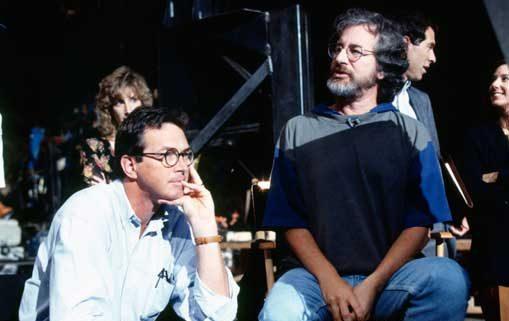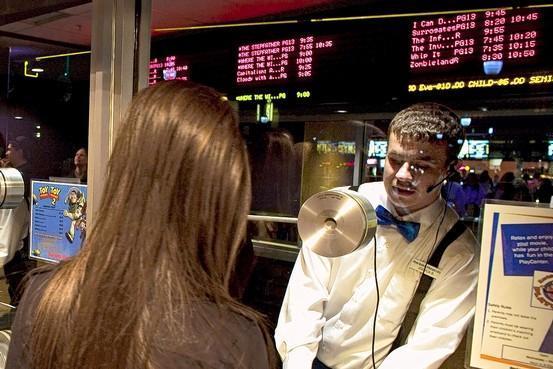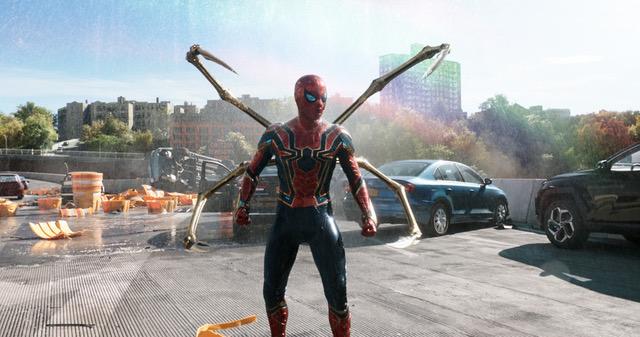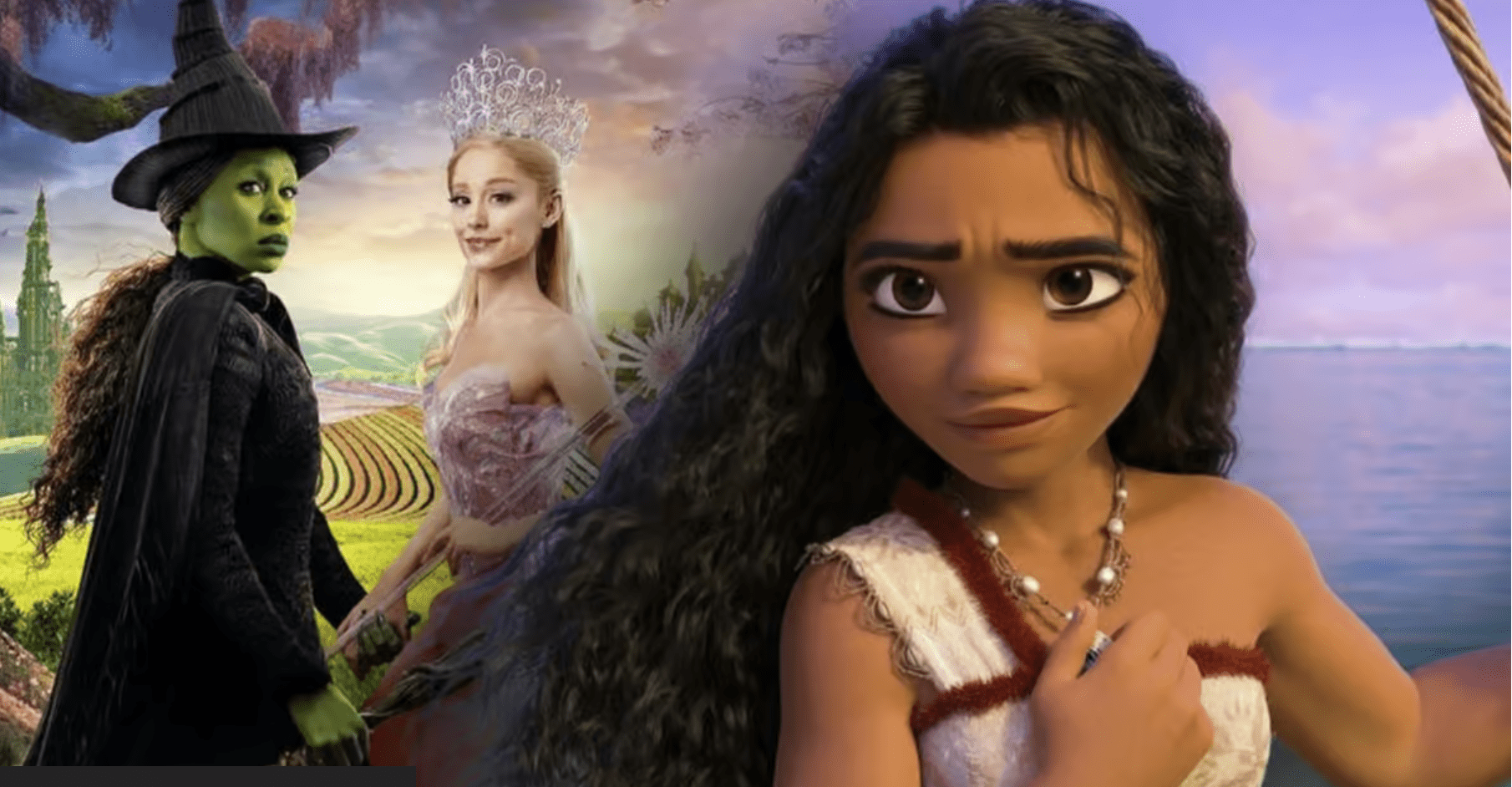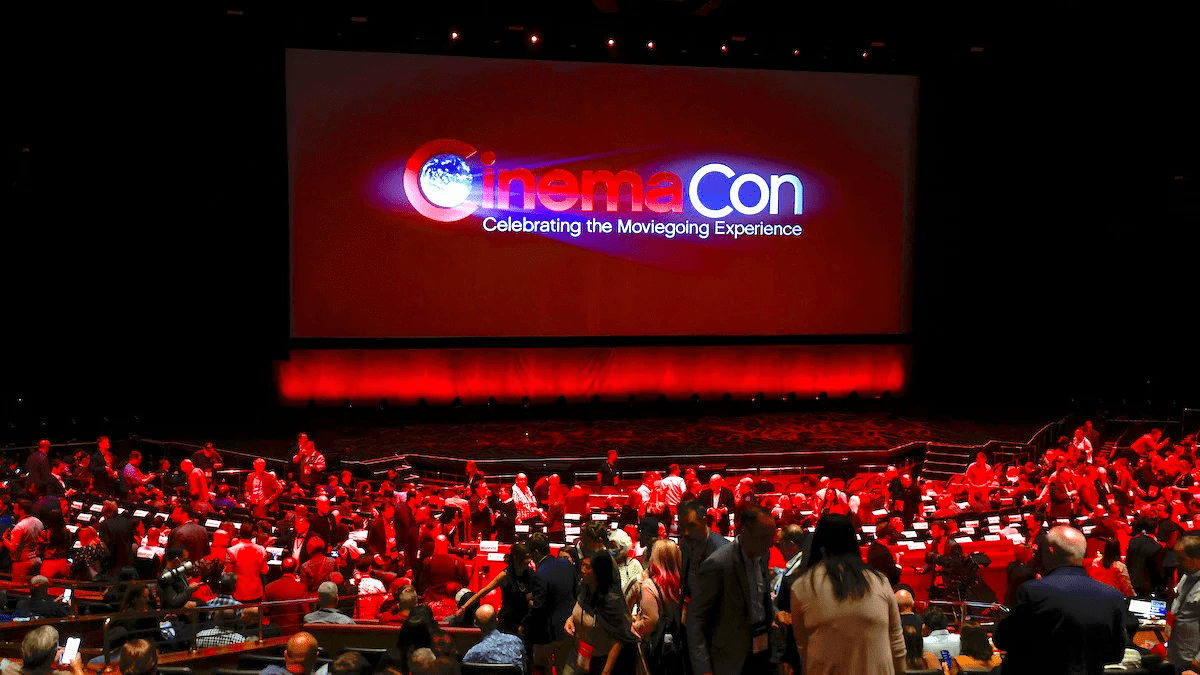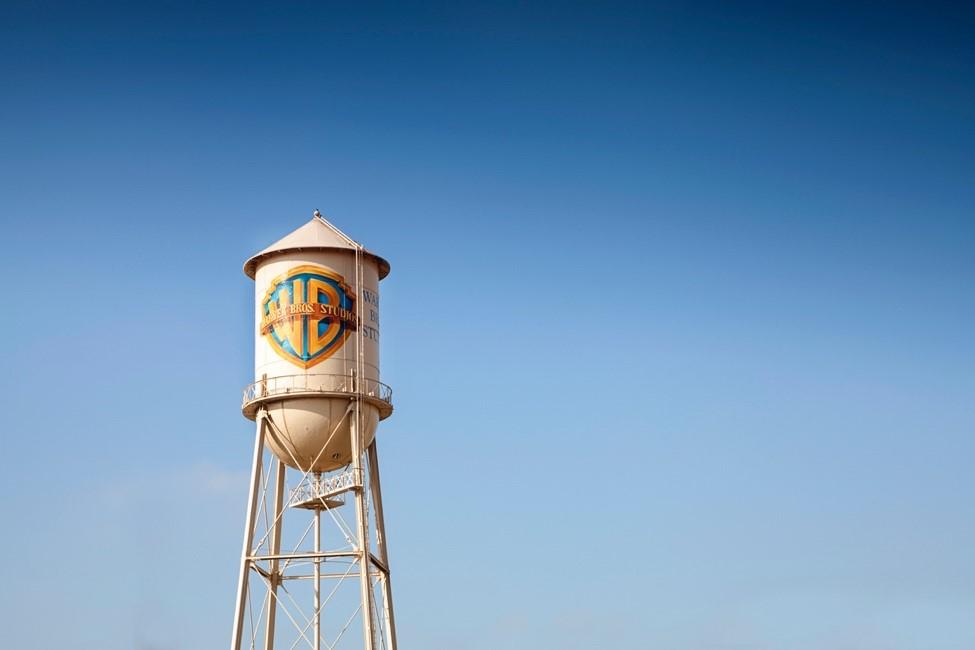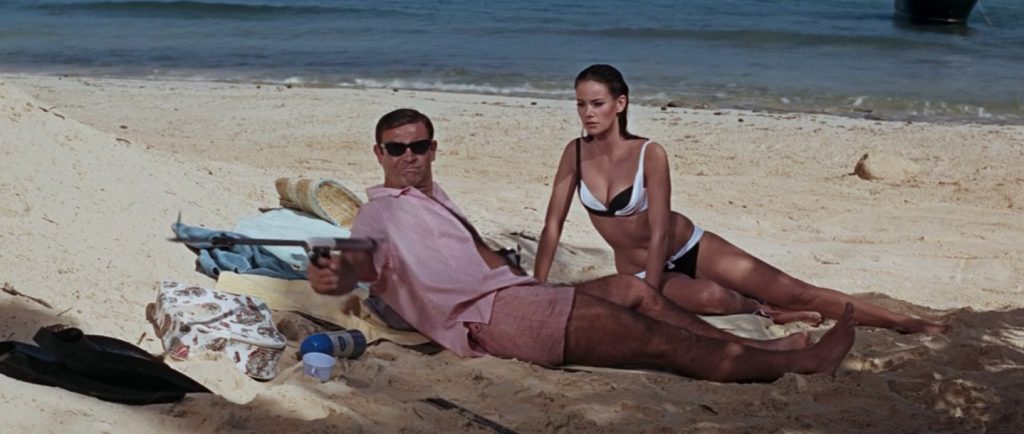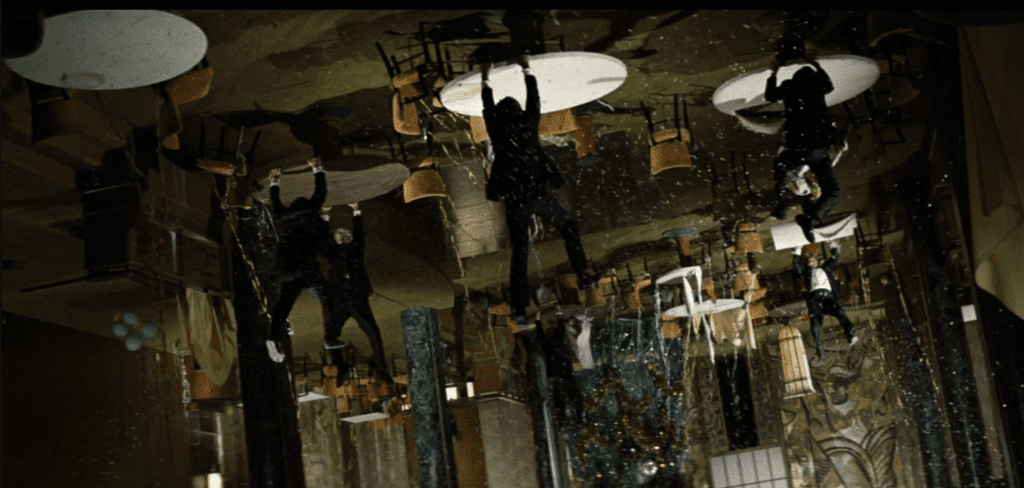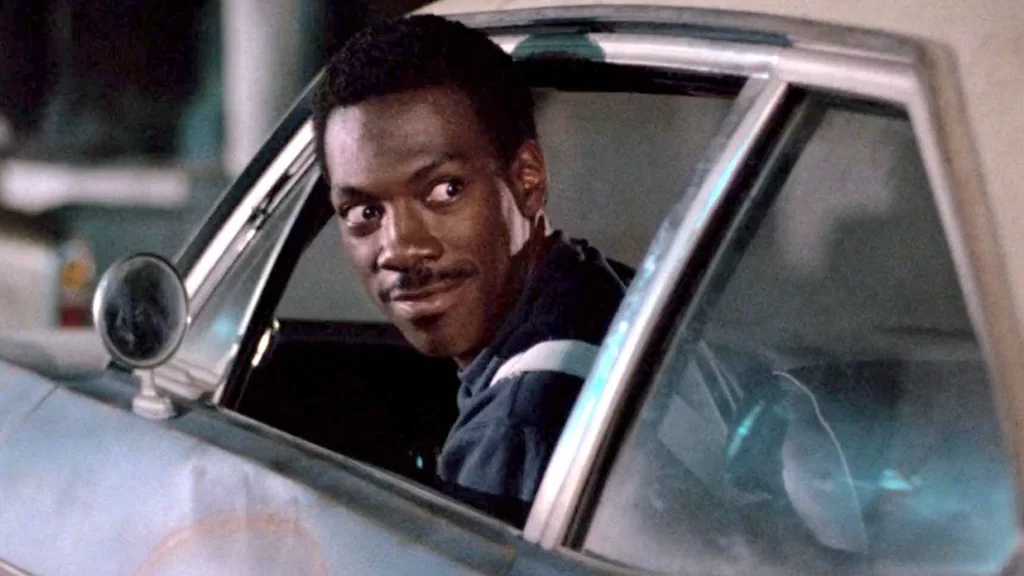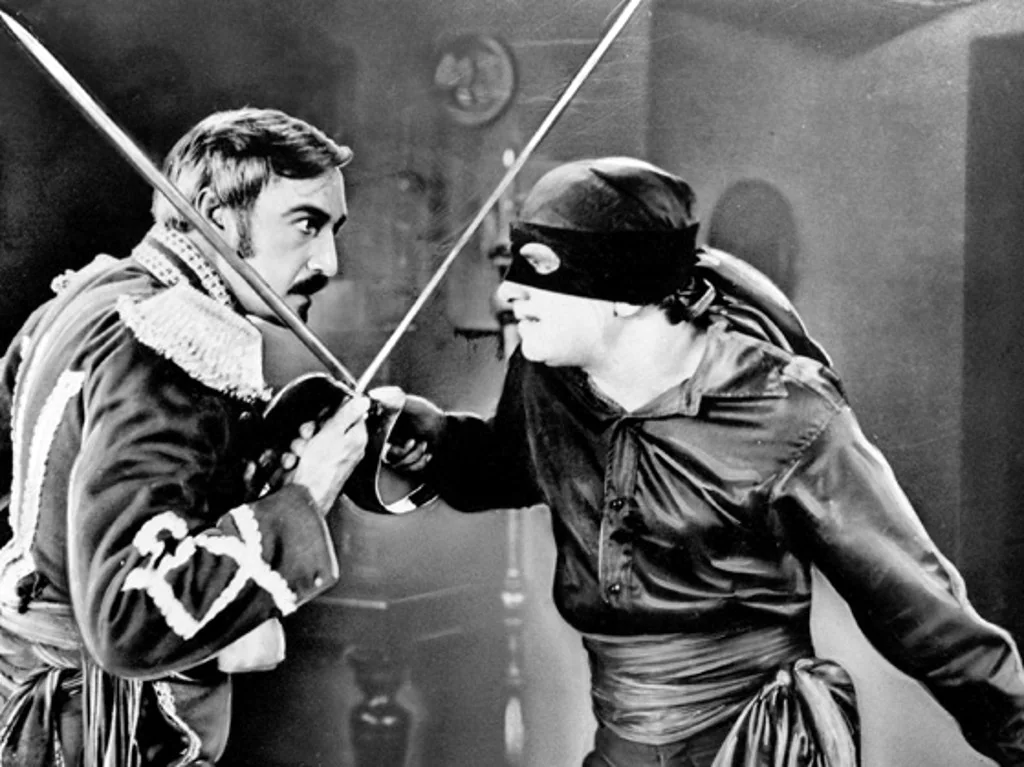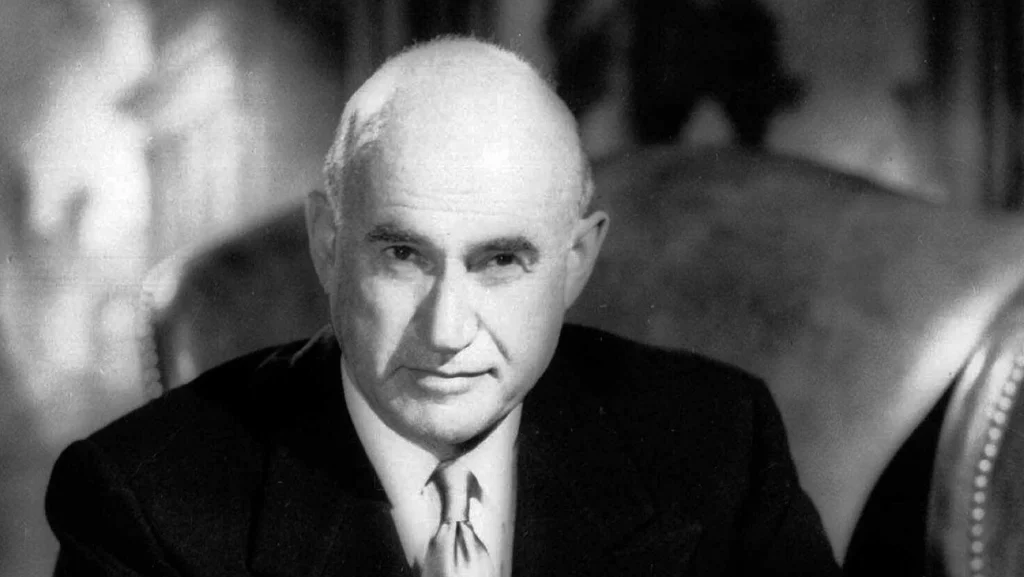Dinosaurs, after 65 million years of extinction, came back to life in Steven Spielberg’s JURASSIC PARK. They’re still alive 29 years later in JURASSIC WORLD: DOMINION, helping now to keep exhibitions from going extinct.
Michael Crichton’s novel, JURASSIC PARK, was published in 1990, but pre-production work on the movie began at Universal in 1989. The studio assumed, correctly as it turned out, that the book would be a bestseller from which to launch a hit movie.
Crichton started working in 1983 on what evolved into JURASSIC but was then about the cloning of a Pterodactyl from an egg. During two years of writing, Crichton realized the problem was he’d started by telling the story through the eyes of a child at the theme park when the dinos escaped. After changing that point of view, the story worked. At least four studios were eager to make the movie — WB with Tim Burton directing; Columbia with Richard Donner; 20th Century Fox with Joe Dante; and Universal with Spielberg. Crichton decided to go with Spielberg & Universal, which reportedly paid $2M pre-publication for the rights.
Spielberg and Crichton’s paths actually had crossed many years earlier in quite different circumstances. It was very early in Spielberg’s career at Universal and he was asked to give a quick look at the studio to a writer from whom they’d just purchased some book rights. Crichton & Spielberg later became friends and Spielberg liked how Crichton was able to write about science in ways that could translate well to the movie screen.
With JURASSIC, Spielberg was concerned initially that the computer graphics to create the dinos would be the cartoon kind used for video games. He envisioned using computer-generated dinosaurs, but after seeing a dino demo animation from Industrial Light & Magic of a T-Rex chasing a herd of smaller dinos, he decided this was the way to go.
When it was time for post-production on JURASSIC, Spielberg had to work by video link from Poland, where he was then shooting SCHINDLER’S LIST. He’s said that was one of his most difficult situations ever as a filmmaker because it was so emotionally demanding to transition from filming his Holocaust drama to finishing his digital dinos.
Most of the scenes that showed full-sized dinos were computer-generated, but partial shots of them were filmed using animatronics. The full-sized T-Rex animation weighed in at about 15,000 pounds — but the real thing tipped the scales at 5.5 to 8 tons! JURASSIC also turned out to be much larger than life, opening June 11, 1993, to a then sizable $47M and climbing to $1.1B worldwide.
“Your scientists were so preoccupied with whether or not they could, they didn’t stop to think if they should.”
— Jeff Goldblum as Dr. Ian Malcolm in Jurassic Park

